Stressed and Aging? Fix This Gym Mistake to Feel Younger Fast. My Story and (Maybe Yours Too)?
Guess what, it means I can’t believe this happened…
Do you think you’re being set up to take the fall?
Training maturity, where you are right now?
What if this unknown “trap” may be hurting you?
The scary spine tingling part is you don’t even know it.
Most training advice is a bunch of B.S hype theories…
For starters, let them do their thing.
The whole narrative we have been spoon fed is fake.
(That’s another post for another time)…
You see, this differs from mindless gym advice.
Let’s stop pretending it should matter to the rest of us.
We need to know the foundation, not the result…
Clarify our training before aimlessly adding more.
That way you can experience better results with less risk.
I’ll help you convince yourself by revealing hidden truths.
There’s the list of unsafe and dreaded gym workouts…
Behind closed doors people barely see or notice improvement.
They waste countless hours in the gym on irrelevant exercises.
Most of us need everything to be simple and straightforward.
Frustrating stagnation, change is slow and has no purpose…
Those out of reach goals and unresolved longstanding pain.
The problem is the training, and you’ll see the real difference.
I don’t hold back on the little-known secrets and techniques.
(Read the last three lines again.)
Maybe you’ve realised something is wrong…
Is it about fear or status, really what do you think?
Do you think fitness has a mystical vibe?
May be training is supposed to be brutal and hard?
People believe and chase those vague promises.
Most of the vague promises are dodgy theories…
Some of the biggest issues are bad body posture.
There are injuries and weak joint stability.
For many it’s unclear how to actually get results.
Unfortunately, most people find out too late…
Exercise wasn’t meant to be a prison sentence.
Are you training to become weaker or stronger?
This ever-changing duality world of gym training.
I want to give you the insight you’ve been missing…
So you can achieve strength and mobility you deserve.
The ultimate key, vital and very important to understand:
- Fragile muscles break under stress
- Robust joints resist grinding stress
- Resilience recovers from stress
The test of strength, endurance and mental grit…
Is the way you train making your body better or worse?
Is your body feeling fragile and more prone to injury?
Are you experiencing more issues, problems and pain?
Here’s the painkiller masterpiece you’ve never heard of…
| How-to-future-injury-proof-yourself |
People can easily fail, get injured, stuck in cycles of recovery.
This a counterintuitive way based on sustainable results.
Everyone is told to train hard, but what’s missing?
Look at all the people who created or pushed this training…
Most aren’t even around anymore because they’re burned out.
It was true back in 1970’s and even more true to 2030.
We don’t have to make training even harder with bad advice.
Most waste time guessing and trusting the wrong people…
Why take advice from people who aren’t even training?
So maybe you’ve decided to find a better way too.
It’s about setting up life so staying healthy feels effortless.
I’II explain this misunderstood gap nobody talks about…
You’re about to discover 30+ years of mind-blowing truths.
Most gym enthusiasts fail to build useful functional strength.
Yes, as you’d expect, I have the inside on that for you too.
This reality helps improve the way you train your body…
Listen, our body is no different to anything else.
You can see the same gap and weakness in any system.
Most people focus entirely on the visible body structures.
You’ll see it’s the world’s most VALUABLE skill set…
Don’t be intimidated to understand if that’s true or not.
Compared to lessons a lot of people learned the hard way.
Discover a gym trainer’s painkiller and why you’d want it?
We can hit a brick wall, broken bones, injuries, burn out…
What I’m sharing with you is the complete opposite of that.
Once you see it, you’ll be able to spot it everywhere.
The short answer is fix the problem while you still can.
Listen, if you love pain I’m not telling you what to do…
Now, I’II save you the throbbing headache and tell you why.
Everything is coming from a place of knowledge and wisdom.
If you’re struggling with functional strength, this one’s for you.
The other day my best gym buddy Robert as a joke says:
“Where’s your high-risk old age strategy?”
Choose lifelong mobility now or expensive rehab surgery later?
Well, I don’t want you to experience the same painful fate.
This is exactly what every gym goer desperately needs…

They want to escape the gym’s hamster wheel of doom.
What makes the gym environment a toxic mentality?
I’ll show you why and how to fix it once and for all.
You’re reading this because you want to enjoy life…
You want best way to sustainable growth and results.
You want it all with a simple shift in the way you train.
The gym’s never ending ego driven validation loop…
Is the gym culture obsessed with the body beautiful?
On a personal note…
Ten years ago, I had a high speed motorcycle accident.
There was a long list of injuries and had two surgeries.
And was still in constant pain, often barely able to move…
What’s the benefit of training if joints are screaming in pain?
And if you are stiff as a board?
What we want is functional strength.
Athletic mobility and performance without pain…
You can tap into ancient secret that’s been used for centuries.
You see, most of us want to feel capable and unstoppable.
These days, it’s easy to fall prey to modern gym trends.
It’s important to train, push out of your comfort zone…
In the past warriors didn’t train with cables and treadmills.
They built on a solid foundation of real functional strength.
Well, what if your go to gym glorifies heavy lifting?
Are people unknowingly destroying their joints?
And are they weakening their body?
The brutal truth about training success is this:
Heavy lifting alone won’t make you strong.
BTW, is lower self-esteem related to age?
In a moment, let’s talk about aching joint failures…
What skills are most essential for functional fitness today?
Should you do compound or isolation movements?
There are only 3 ways to clarify what you do:
- What exercises you do
- What workouts you don’t do
- How do you determine that
Why winning in life isn’t about doing everything?
Because I’ve seen it over and over.
From pain, stiffness to stronger, younger and more athletic…
The old age set back could be your biggest quantum leap.
At the core, we want to look younger and feel younger.
Calm, courage, stress relief, youth, identity and strength.
How to reduce stress with anti-aging exercises…
The much needed painkiller against stressed and aging.
Is the connection fear of failure or a wounded warrior?
I’ll dig deeper into what makes someone unstoppable?
And exactly what does it feel like to be always winning?
I’ll share my unique story with insight into what it takes…
First, its about helping you save time and avoid costly mistakes.
I want clarity to give you a personal athletic edge in your life.
This can be your renewed fast-track training strategy and focus.
Experience meaningful sustainable growth and real results.
Maybe you’re stressed out and aging too, let’s fix it…
Daily I kept asking, “What am I training for?”
Was it to reduce stress and feel younger workouts?
Lets be real, I’m still going to have more pain than anyone…
Stressed, falling through the cracks, I didn’t even know it…
Couple of years back, I was moving like someone twice my age.
I was a mess, stressed out, chewed up, beat up and spat out.
Watching my reality melting away like ice-cream…

The amplified focused strength and heat from the desert.
Magnified pin-point like a never ending laser beam.
Long and exhausting, baking in the scorching hot sun…
Every move, my body feels on fire…
Completely wasted and dry as a bone.
Tight-rope shoulders and extremely thirsty creaky joints…
Every painful injury felt dehydrated with constant nagging.
Every winter, the muscle aches throbbed.
And won’t go away.
Picture this…
I’m in my late 30s, hunched over a desk all day.
Then grinding out on 1000cc superbike race track when I could.
My shoulders ached, my back felt stiff like a 60-year-old.
Stress and pain was my constant highly roasted friend…
Stress can trigger muscle tension and headaches.
Including anxiety with many other physical symptoms.
Chronic pain is a cycle of stress, anxiety and deep pain.
I’d hit the gym hoping to feel charged and athletic again…
Maybe even look like a battle-hardened warrior too.
But let me tell you I didn’t earn those stripes.
Every squat was shameful and pure agony…
And every row left me squealing and crushed.
Broken and sore in all the wrong places.
I wanted that spring in my step back.
Instead, all I felt like was moving through quicksand.

The “Fix” Was Breaking Me More…
Every traditional trainer.
Every social media influencer.
Everyone and even their dog’s advice.
And all those random posts on X…
Including the most stubborn gym bros.
They kept shouting from the roof top…
“Go hard or go home.”
Compounds are king…
Was the promise an easy and unexpected win?
Parched earth or not, I’m ready, hungry and thirsty.
The Gym Was Aging Me Fast…
Why big lifts failed me and what worked instead?
Deadlifts, rows, presses, yeah I bought into the gurus.
I mean, they’re supposed to make you strong, right?
Build muscle, boost athleticism, carry over to real life.
So I stacked those “bricks” high and higher…
Blindly chasing heavier weights and more reps.
And I kept thinking “I’m busting my hump here”.
But was I missing this simple fix…
I just keep on failing.
Something felt really off and weird.
Everything was wrong, like the body was crumbling.
My biceps would burn…
Traps would tighten up.
And mid-back?
Barely a whisper…
My shoulders started fatiguing and rounding forward.
I’d wake up stiffer than a plank of wood the day before.
And it was like building a wall with no cement.
One gust of wind (or a bad roll on the handlebars)…

And it’d all come crashing down.
Stress piled up like dung-hills…
The stacked up list of injuries nagged.
And I looked in the mirror thinking…
Are you kidding…”I’m too young to feel this old.”
The dream is slipping away…
Worst of all, the mirror’s starting to show it.
The more I pushed, the older and stiffer I feel.
The Fix Was Hiding in Plain Sight…

And then I figured it out…through trial and error.
Maybe it was because I faced reality and stopped guessing.
And truly started listening to my body.
Turns out, my wall needed cement before more bricks.
The big lifts weren’t the problem; my weak links were…
My glutes?
Soft and comfortable from sitting.
My lower traps?
Asleep from slouching.
My rotator cuff?
Begging for help after years of wear-and-tear.
So I switched gears from crumbling to confident…

My anti-aging comeback secret (and maybe yours too)…
I started with strength and resilience brick-and-mortar exercises.
Squeezing my shoulder blades together in a horizontal shrug.
Didn’t need to lift heavy weights…
Didn’t need to do biceps or shrugging up to my ears.
Simple and pure lower trap exercises.
I added glute bridges to wake up my backside.
Then added light club exercises for rotator cuff…

This was a significant change to glue shoulders back together.
Actually, at it’s core this isn’t just about health and fitness.
It’s clearly about reclaiming your warrior’s youth strength.
Reduce Stress and Boost Youth with One Simple Tweak…
It is a bold statement standing apart from the average gym-goer.
How strong will you feel?
Imagine your shoulders move like a well oiled machine.
Unlike gym memberships that drain your wallet every year…
This was like pouring cement for lifelong mobility.
Suddenly, those gym mistakes turned into reverse aging.
Yeah, my body and athletic performance felt rock-solid.
Once the muscles, joints and weak spots woke up…
I slowly went back to the compound movements.
Rows stopped being all biceps as my mid-back finally joined in.
Squats felt natural, powerful and optimized, not painful…
Gym mistakes to avoid to reduce stress wasn’t a cliché.
I hit my anti-aging fitness goal fast.
Stress faded because my body wasn’t fighting itself anymore.
I stood taller, feel younger, didn’t struggle to move freely and smoother…
Yeah, even looked stronger, resilient, more robust and athletic.
Friends asked, “What’s your secret”?
“Yo bro, what’s your simple fix to feel younger.”
And I’d just grin…
Anyone can lift weights, right?
However, very few master the art of club swinging.
Look this was an ancient warrior secret.
Matter of fact, it’s a total anti-aging fitness system…
The combo of isolation “cement” and compound “bricks”
It feels natural, practical and empowering.
Not ego driven, confusing and overwhelming.
Why This Could Be Your Story Too…
If you’re sitting all day, beat up from sports…
Maybe feeling older than you are?
Your glutes, lower traps, shoulders and rotator cuffs…
They’re probably screaming for attention too.
They’re the weak links holding you back.
The weakness from less stress and athletic result you want.
Fix This Gym Mistake to Feel Younger Fast…
Stop guessing and start targeting without the risk of crumbling.
Strengthening isn’t a luxury and something nice to have.
The reason for everyday power to unlock everything else…
Keeping everything stable and pain-free.
Stress melts away as your body calms and balances out…
And no more clenched-teeth anxiety, jaw-breaking tension.
Your body is only as strong as it’s weakest link.
Fix the weak links and everything in life gets better:
- Reduce stress
- Less aches and pain
- Better clarity and focus
- More youthful energy
- Strength and resilience to injury
You get back and feel younger fast with certainty.
The confident, athletic warrior edge you’ve been missing.
Workouts to feel younger it’s like turning back the clock…
Your whole body comes alive.
And levels up to any challenge.
Less pain, more energy and a strut that says…
Yeah “baby, I’ve still got it.”
You look and move athletic…
Stronger, smoother and ready for whatever life throws at you.
In conclusion…
The author shares his personal story of feeling stressed.
And experiencing physical signs of aging.
But we feel stronger, more youthful and athletic.
The point is important to avoiding gym mistakes that age you.
Focus on functional fitness for aging…
Club exercises for mobility and reduce stress.
And strengthen weak muscles and unbalanced areas of body.
Include lower trap and rotator cuff exercises for longevity…
They were able to see improvements in their overall fitness.
And reverse injury, stress, weakness and signs of aging.
The author recommends using club swinging as a daily workout.
Exercises that are efficient for overall strength and mobility.
Want Me to Help You Rewrite Your Own Gym Mistake of Doom Comeback?

Remember: “I’ll be back”…
The famous line by Arnold Schwarzenegger.
Terminator while invulnerable, have several weaknesses.
Yep, I’ve been there, done that and got the t-shirt…
And I can spot those Terminator weak links in you too.
Let me know if you’d like to refine or tailor specific to you.
Drop me a comment or message below…
(how to feel younger with exercise).
Then I’ll check in with you…
Give you exact anti-aging fitness goals for a solid foundation.
You’ll avoid gym mistakes and workout pitfalls that age you.
Reduce stress with athletic performance exercises…
Let’s get you moving stronger, pain-free and functional again.
Feel younger because the weakest links aren’t holding you back.
Living like the younger, athletic, warrior you wanted to be.
Stay tuned for more…
And watch your inbox as we share innovative programs soon.
Always curious to learn more about you.
You’ve take the time to read and we’re on this journey together.


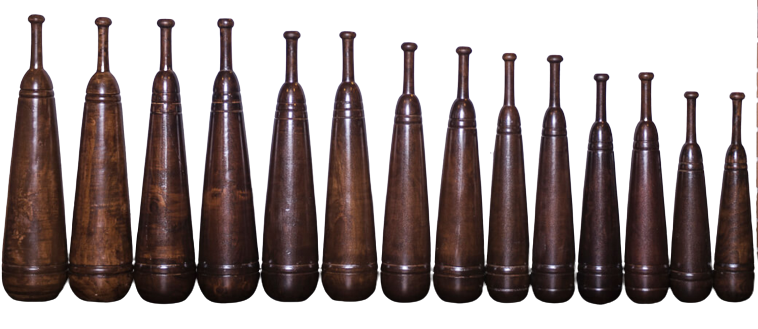
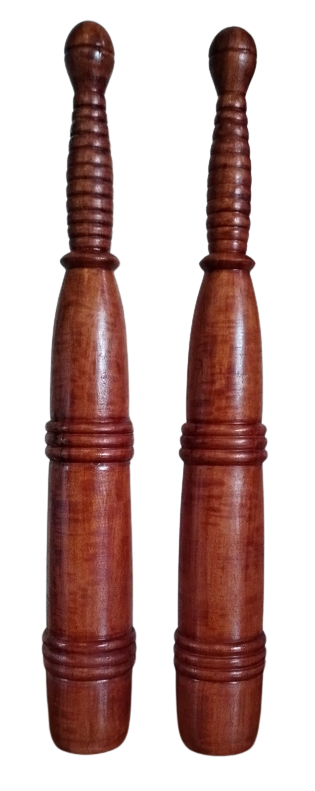

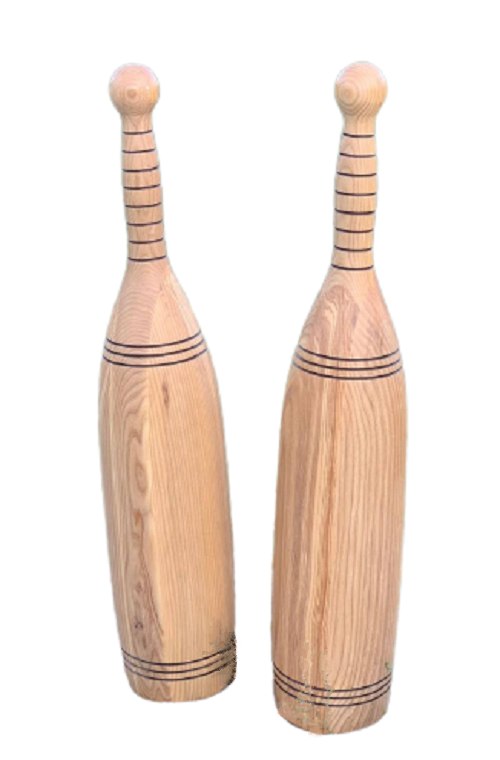
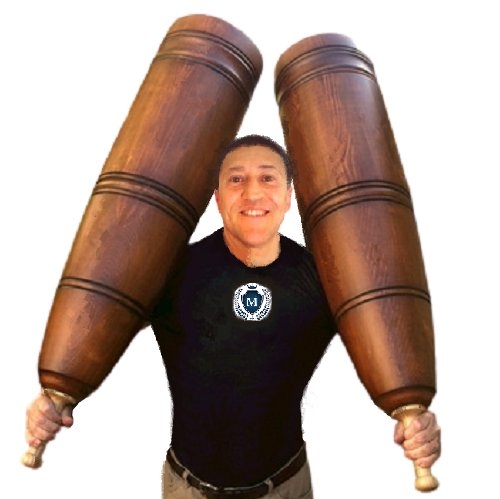
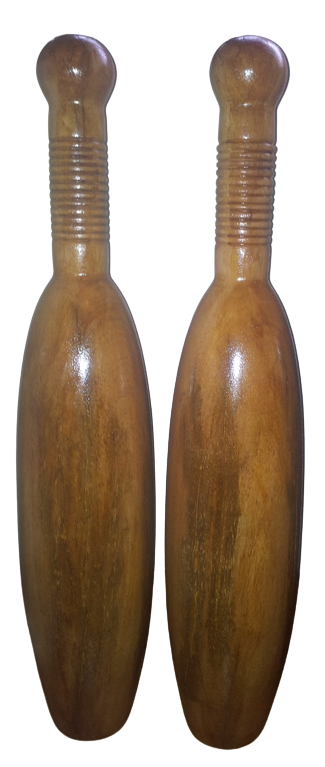

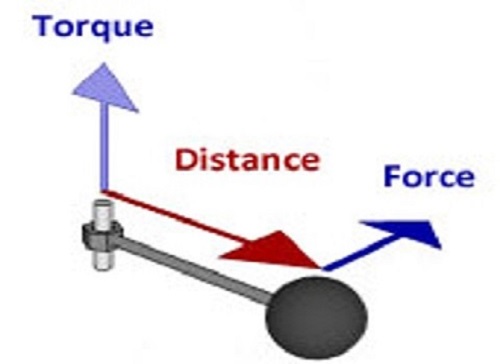



 Pre-Made Indian Clubs: Expertly crafted for smooth, dynamic movements.
Pre-Made Indian Clubs: Expertly crafted for smooth, dynamic movements. Take the first step toward transforming your health, fitness, strength and mobility with your Mobility Power Pack today!
Take the first step toward transforming your health, fitness, strength and mobility with your Mobility Power Pack today!